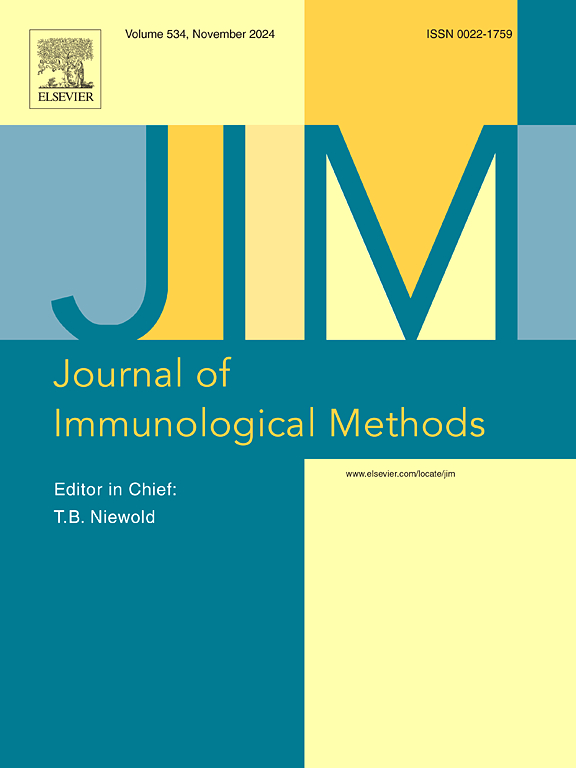Development of immunochromatographic strip assay to detect recent infection of Japanese encephalitis virus in swine population
Abstract
Japanese Encephalitis (JE) is a mosquito borne re-emerging viral zoonotic disease. Sero-conversion in swine occurs 2–3 weeks before human infection, thus swine act as a suitable sentinel for predicting JE outbreaks in humans. The present study was undertaken with the objective of developing immunochromatographic strip (ICS) assay to detect recent infection of Japanese Encephalitis virus (JEV) in swine population. The two formats of ICS assay were standardized. In the first format, gold nanoparticles (GNP) were conjugated with goat anti-pig IgM (50 μg/ml) followed by spotting of recombinant NS1 protein (1 mg/ml) of JEV on NCM as test line and protein G (1 mg/ml) as control line. In the format-II, GNP were conjugated with rNS1 protein (50 μg/ml) followed by spotting of Goat anti-pig IgM (1 mg/ml) as test line and IgG against rNS1 (1 mg/ml) as control line. To decrease the non- specific binding, blocking of serum and nitrocellulose membrane (NCM) was done using 5% SMP in PBS-T and 1% BSA, respectively. Best reaction conditions for the assay were observed when 10 μl of GNP conjugate and 50 μl of 1:10 SMP blocked sera was reacted on BSA blocked NCM followed by reaction time of 15 mins. Samples showing both test and control line were considered positive whereas samples showing only control line were considered negative. A total of 318 field swine sera samples were screened using indirect IgM ELISA and developed ICS assay. Relative diagnostic sensitivity and specificity of format-I was 81.25% and 93.0% whereas of format-II was 87.50% and 62.93%, respectively. Out of 318 samples tested, 32 were positive through IgM ELISA with sero-positivity of 10.06% while sero-positivity with format-I of ICS was 8.1%. Owing to optimal sensitivity and higher specificity of format-I, it was validated in three different labs and the kappa agreement ranged from 0.80 to 1, which signifies excellent repeatability of the developed assay to test field swine sera samples for detecting recent JEV infection.

 求助内容:
求助内容: 应助结果提醒方式:
应助结果提醒方式:


